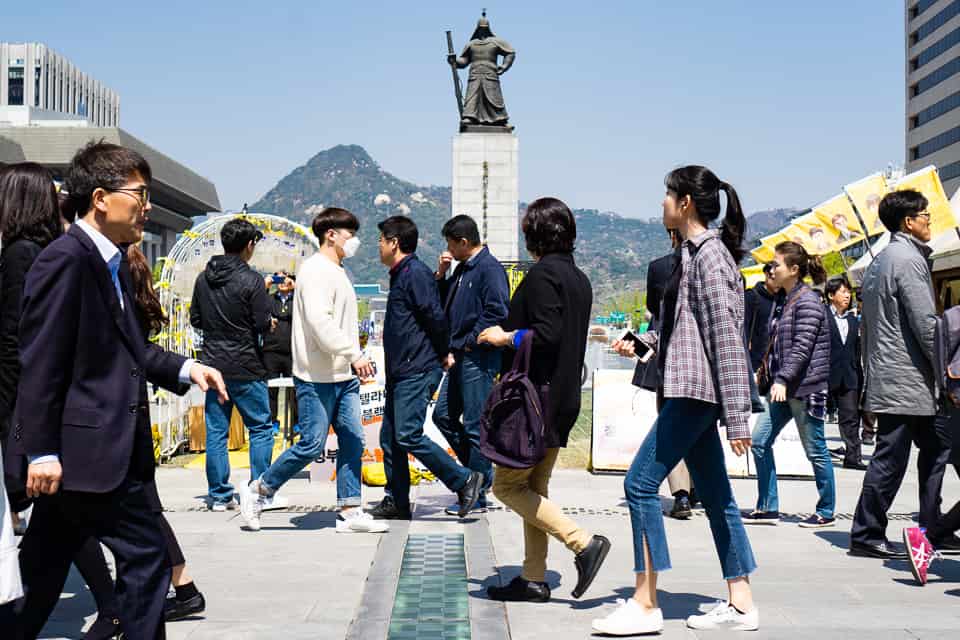Today marks the 4th anniversary of the Sewol disaster, and President Moon Jae-in’s first as president. He addressed the nation via Facebook yesterday, saying, “The Sewol tragedy changed us…. The candlelight protests and the vow to create a new South Korea began with the Sewol.”


